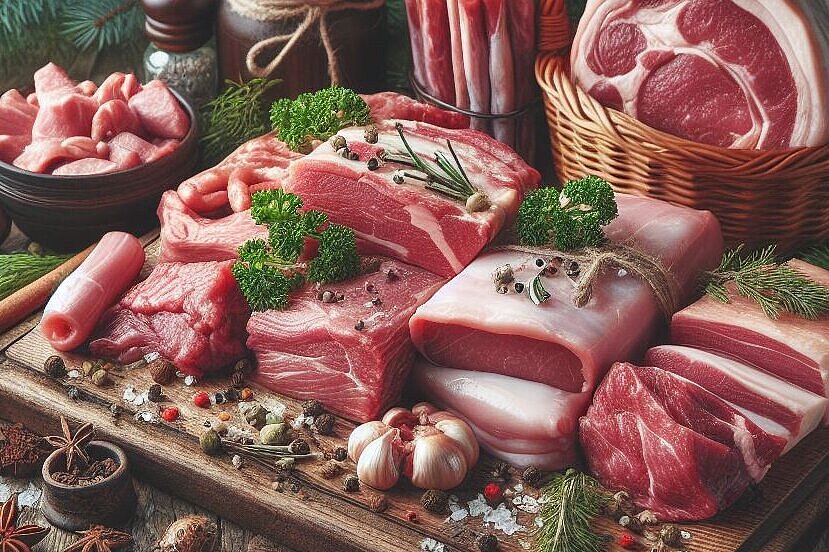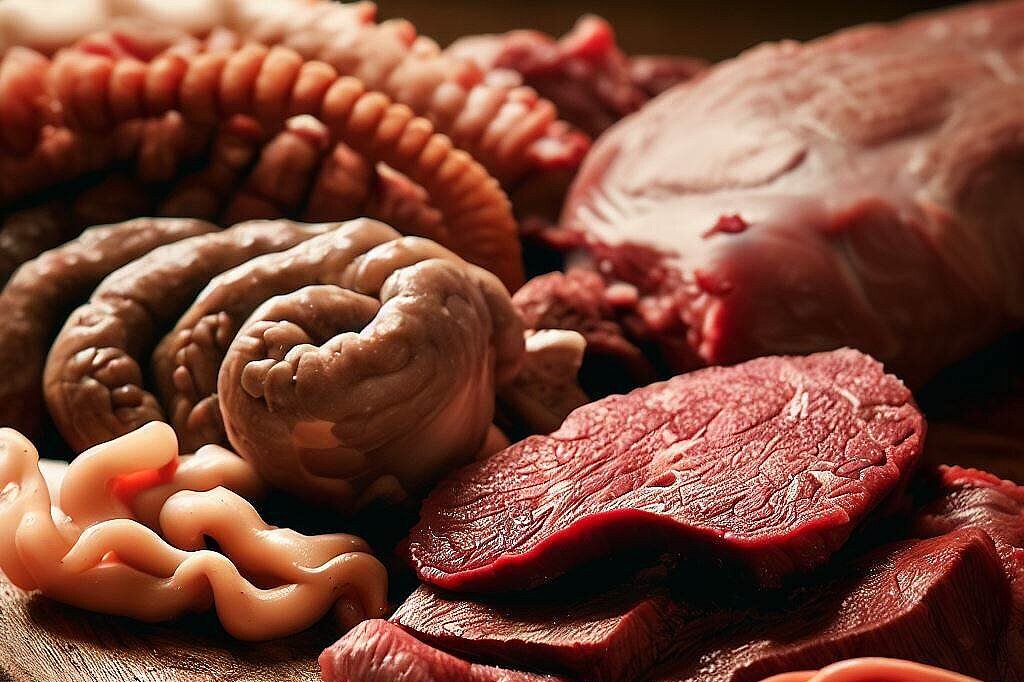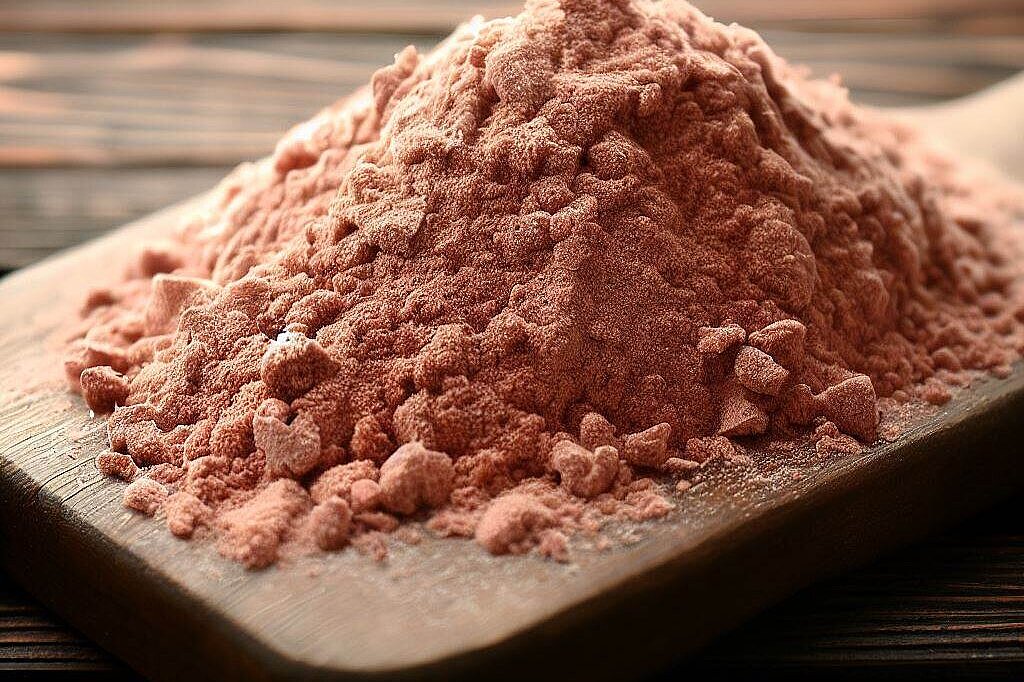animal by-products

What are animal by-products?
Animal by-products are all animal components of a feed that are neither meat nor animal oils, pasteurized dairy products or egg dishes. They usually come from slaughtered animals or other animals that are not intended for human consumption. These include, for example, offal, bones, cartilage, tendons, blood, feathers, hooves or wool.
Animal by-products are divided into three categories in the European Union according to feed legislation:
- Category 1: Material with the highest risk, such as sick or contaminated animals, TSE-contaminated animal corpses or animals contaminated with chemicals. This material must be disposed of as waste and may not be used in animal feed.
- Category 2: Material with a risk of other diseases, such as killed animals that have not been slaughtered, animal products with drug residues or imported material without adequate controls. This material must also be disposed of, but can be used as fertilizer.
- Category 3: Material with no health risk, such as waste and by-products from slaughterhouses, kitchen and food waste or food of animal origin that is no longer suitable for human consumption. This material may be processed into animal feed.
How are animal by-products declared in dog food?
In the European Union, dog food manufacturers are obliged to state on the label whether the food contains meat and/or animal by-products. The order of the ingredients depends on their proportion in the food. So if "meat and animal by-products" is listed first, this means that these make up the main component of the food.
However, manufacturers do not have to specify exactly what type and quality of animal by-products they use. This means that both high-quality and low-quality parts can be hidden under the term. It is therefore important to pay attention to other information, such as the animal species (e.g. beef, poultry or lamb), the category (e.g. "category 3 animal by-products") or the individual ingredients (e.g. "liver", "heart" or "rumen").
What are the advantages and disadvantages of animal by-products in dog food?
Animal by-products are not fundamentally bad for dogs. On the contrary: many of them are valuable feed components that provide important nutrients and are part of a natural diet. For example, offal such as liver, kidneys or heart contain a lot of iron, vitamin A and B vitamins. Rumen or lungs are rich in protein and easy to digest. Bones or cartilage provide calcium and phosphorus for strong bones and teeth.
However, there are also animal by-products that have no nutritional value or can even be harmful. These include feathers, hooves or wool, which can hardly be digested and can lead to gastrointestinal problems. Brains or spinal cord should also be avoided, as they may contain BSE (mad cow disease) pathogens.
Another disadvantage of animal by-products is the lack of transparency in the declaration on the feed label. Manufacturers only have to state that they use "animal by-products" without specifying exactly which ones and in what quantity. This makes it difficult for you as a dog owner to judge how high quality the food is and whether it is good for your dog.
Are animal by-products good or bad for dogs?
Animal by-products are not fundamentally good or bad for dogs. It depends on which parts are used and how they are processed. Some animal by-products are nutritionally very valuable for dogs and provide important vitamins, minerals and trace elements. These include offal such as liver, kidney, lung and heart. These parts should not be missing in a balanced dog food.
Other animal by-products, on the other hand, have hardly any nutritional value for the dog and only serve as fillers or flavor enhancers. These include, for example, feathers, horns or fur. These parts cannot be utilized by the dog.
Animal by-products are parts of animals that are not considered meat, oils, dairy products or eggs, such as offal, bones and feathers. They are divided into three categories, depending on the health risk. The labeling in dog food must indicate whether they are included, but not their exact type. Some are nutrient-rich, while others are of little value or may even be harmful. It depends on the type and processing whether animal by-products are good or bad for dogs.
If you notice any signs of hypersensitivity or poisoning in your dog, you should see your vet immediately. We are not a substitute for a vet, but we try to be as accurate as possible. Every dog reacts differently and we recommend you get a second opinion or consult your vet if in doubt.
Stay healthy and take good care of your four-legged friend!😊
Similar to animal by-products
Meat is the collective term for the muscle tissue of animals that is used as food. Meat can come from different animal species, such as beef, pork, poultry, lamb or game. Depending on the animal...
Most offal can be fed to dogs without any problems. The most important are Liver: It is rich in vitamin A, iron and copper. It supports blood formation and detoxification of the body.Heart: It is a...
Poultry giblets are the internal organs of poultry such as chickens, turkeys or ducks. These include, for example, the heart, liver, stomach, kidneys and lungs. These organs have a high nutritional...
Meat meal is an animal by-product obtained from slaughterhouse waste such as bones, tendons, cartilage, skin, feathers or fur. These are chopped up, cooked, degreased and dried until they are...



